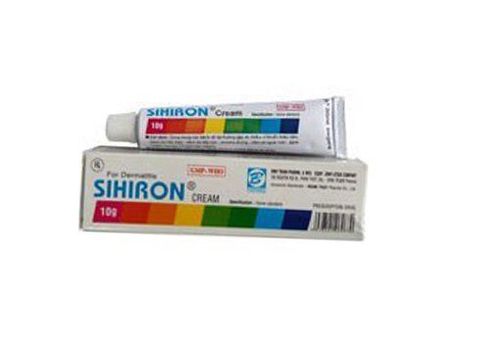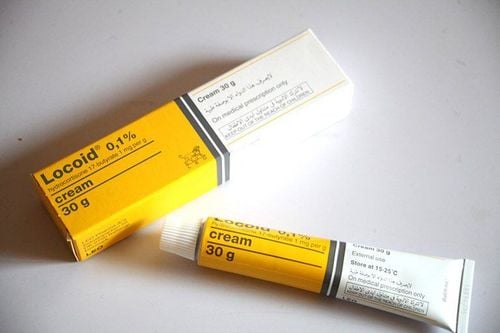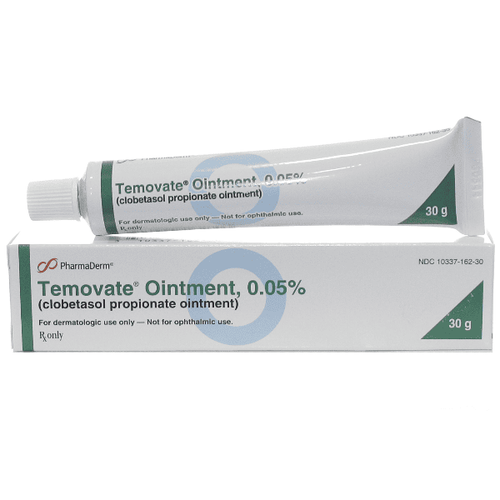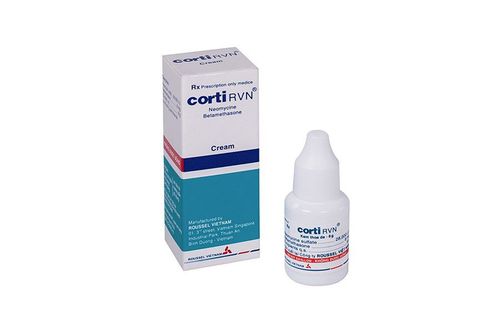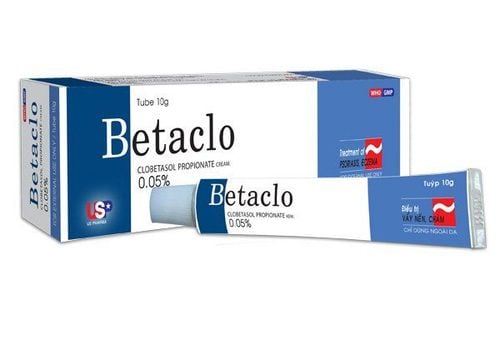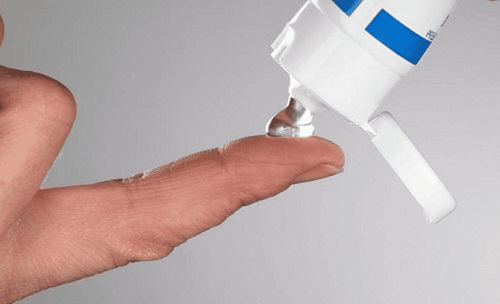This is an automatically translated article.
Topical corticosteroids are effective in the treatment of many inflammatory skin conditions, including atopic dermatitis, psoriasis, seborrhea, and contact dermatitis. Although the effectiveness of topical corticosteroids is impressive, it is important in the instructions for use that this class of drugs has significant side effects. These guidelines will help patients make the most of the use of topical steroids while minimizing the risk of side effects.1. What are topical corticosteroids and how do they work?
Steroids are naturally occurring chemicals that are produced by the body. There are different types of steroids and the most commonly used to treat skin problems are known as corticosteroids. Corticosteroids treat skin conditions by suppressing inflammation and reducing the amount of collagen in the skin.Topical corticosteroids are available in the form of creams, ointments, lotions, mousses, shampoos or gels. These preparations are available in different strengths or potency: strong, moderate and mild. Your doctor will decide what strength is right for your skin condition, based on your age, anatomy, structure, and location of the body area being treated.
Typically, topical corticosteroids are used to treat a variety of inflammatory skin diseases and can also be used to treat conditions that cause excessive scar tissue.
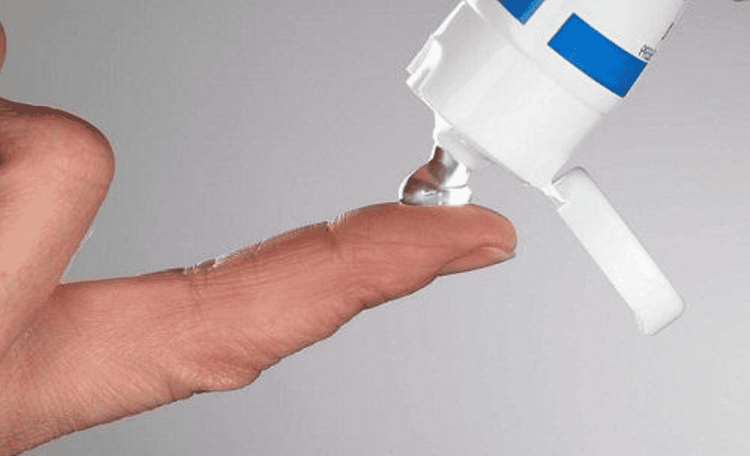
Thuốc bôi ngoài da chứa corticoid được bào chế ở dạng kem, thuốc mỡ, nước thơm, mousses, dầu gội hay gel
2. What is the therapeutic effect of topical corticosteroids?
Topical corticosteroids help stop the inflammation that causes redness and itching rather than treating the cause of the inflammation, and so they usually don't cure the condition.In other words, this treatment is only temporary for acute conditions. However, if it is only controlled, the condition may not last long or recur.
3. Instructions for using topical corticosteroids to treat skin diseases
Patients should use topical corticosteroids as directed by their doctor. When prescribing, your doctor will explain where to use the medicine, how, how many times a day, and for how long.Usually, topical corticosteroids are given once (or sometimes twice) a day. It is important not to use excessive amounts or prolong their use excessively. The amount of topical corticosteroids that need to be applied is just enough on the skin to be treated by calculating in units of fingertips.
Fingertip unit is a method for measuring the amount of corticosteroid cream or ointment that has just covered the end of an adult finger from the tip to the first knuckle when squeezed from a generic tube. often. This amount is just enough to cover an area of skin the size of two hands with the fingers closed. The method of taking the drug in a fingertip unit will help ensure that the patient uses the right amount of topical corticosteroids in particular, and topical drugs in general, not too much and not too little.
For hairy areas, the patient should apply topical corticosteroids in the direction of hair growth to minimize drug accumulation at the hair roots. Doing the opposite will increase the risk of folliculitis.
Doctors also sometimes need to prescribe more than one topical corticosteroid with different potency, to apply to different body areas. On some areas, for example on the face, especially the eyelids, groin and underarms or breasts, sensitive skin is more susceptible to the side effects of topical corticosteroids than other areas of the body.

Bác sĩ đôi khi cũng cần kê đơn nhiều hơn một loại thuốc bôi ngoài da có chứa corticoid với các hiệu lực khác nhau, để áp dụng cho các vùng cơ thể khác nhau
4. What are the side effects of topical corticosteroids?
When used correctly, topical corticosteroids rarely cause significant side effects.However, if this group of drugs, especially those with strong and super strong activity, is used for a long time or in large amounts, it can cause changes in the treated skin, with signs and symptoms. Corticosteroid skin infections, including thinning of the skin, formation of bruised patches, stretch marks, folliculitis and boils, loss of skin pigmentation, and hair growth.
A burning or stinging sensation is quite common during the first few days of treatment with topical corticosteroids, however this usually resolves within a few days.
If used exactly as directed by the doctor, the risk of absorbing topical corticosteroids into the body is extremely low. In some cases with chronic inflammatory skin conditions, topical corticosteroids can be prescribed for long-term use if the patient knows and adheres to the correct dosage.
On the other hand, topical corticosteroids are also very safe to use during pregnancy and lactation.
However, sometimes patients can also experience an allergic reaction to topical corticosteroids or to one of the other ingredients in topical medications, making the skin manifestations more severe, causing more inflammation. than.
Do's and Don'ts of Topical Corticosteroids If topical corticosteroids are prescribed to treat certain inflammatory skin conditions such as eczema or psoriasis, an emollient may also be needed. skin regularly, in order to increase effectiveness and reduce the need for medication.
Be sure not to exceed the time your doctor recommends using topical corticosteroids to avoid side effects.
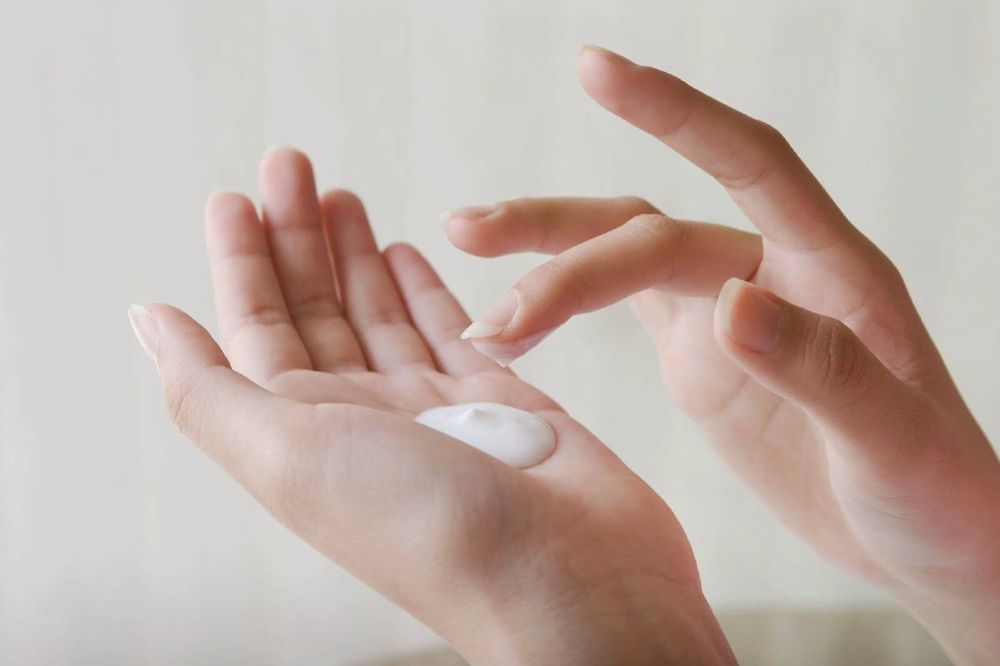
Nếu thuốc bôi ngoài da có chứa corticoid được kê toa để điều trị một số bệnh viêm da như bệnh chàm hoặc bệnh vẩy nến, người bệnh cũng cần sử dụng thêm chất làm mềm da thường xuyên
5. When should topical corticosteroids not be applied?
Topical corticosteroids are not generally used for skin infections such as impetigo, herpes, and fungal infections unless combined with an appropriate anti-infective agent, or on the advice of a physician.Furthermore, topical corticosteroids may aggravate some non-communicable skin diseases such as acne, rosacea, or perioral dermatitis.
In summary, topical corticosteroids have a major role in the treatment of many skin diseases. They exert anti-inflammatory, anti-mitotic, and immunosuppressive effects through multiple mechanisms. However, it is necessary to strictly follow the instructions for use of topical corticosteroids to improve skin condition, bring back healthy skin and avoid adverse effects.
If you have a need for consultation and examination at Vinmec Hospitals under the national health system, please book an appointment on the website for service.
Please dial HOTLINE for more information or register for an appointment HERE. Download MyVinmec app to make appointments faster and to manage your bookings easily.




